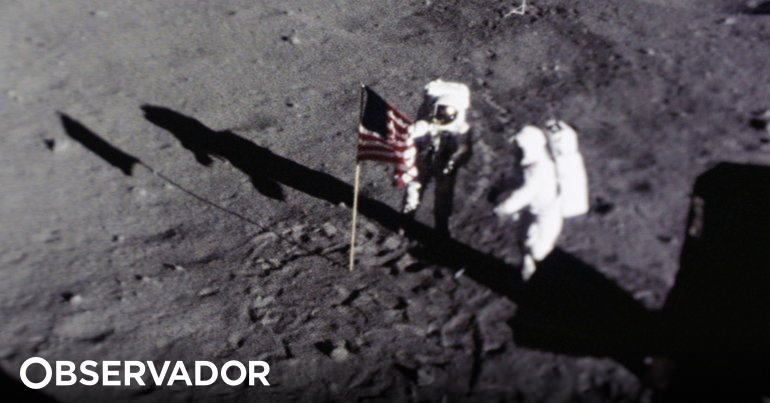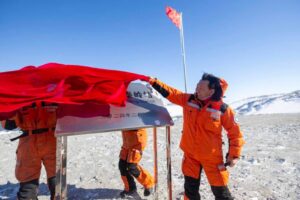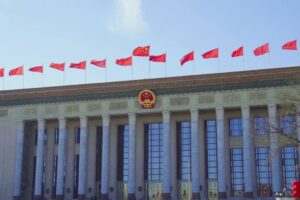
A Japanese astronaut will be the first non-American to land on the Moon, as part of a mission from the North American Artemis program, the leaders of the two countries revealed this Wednesday.
“Two Japanese astronauts will participate in future American missions, and one of them will be the first non-American to land on the Moon”, stressed the President of the United States, Joe Biden, during a joint press conference in Washington with the Japanese Prime Minister, Fumio Kishida.
The Japanese leader, on an official visit, hailed the “tremendous success in the space field”, announcing that Japan will provide an ultra-sophisticated lunar vehicle in return.
The North American Artemis program aims to establish a lasting human presence on the Moon, and should send the first woman and the first black person to the Earth’s satellite.
Between 1969 and 1972, the Apollo program took 12 North American men to the Moon, all white. These are the only 12 people to have set foot on lunar soil.
“America will no longer walk alone on the Moon”celebrated the head of NASA, Bill Nelson, in a video published on social media.
When great nations work together, we extend our reach into the stars.
Today, @POTUS and @kishida230 announced the next chapter in the U.S.-Japan lunar partnership. Together, our astronauts will cover ground we’ve never covered before. pic.twitter.com/dXFJHRakGW
— Bill Nelson (@SenBillNelson) April 10, 2024
“Diplomacy is good for discoveries. And the findings are good for diplomacy,” she added.
The first Artemis mission to return astronauts to the lunar surface, Artemis 3, is planned for 2026.
China plans to send humans to the Moon by 2030.
Tokyo and Washington already cooperate closely in the space field, particularly in the context of the operations of the International Space Station.
The two countries said they plan to “deepen their cooperation in astronaut training” to achieve their new goal, according to a joint statement from the two leaders.
The rover that Japan will provide will be pressurized, unlike the lunar rovers ordered by NASA from private North American companies.
In a pressurized Rover, astronauts will not need to wear suits and will be able to travel greater distances.
“It’s a mobile habitat, a laboratory, a home and a lunar explorer”pointed out Bill Nelson.
Two astronauts should be able to live in the vehicle for up to 30 consecutive days, NASA explained, highlighting that it intends to be able to use it on the Artemis 7 mission.
A European Space Agency (ESA) will also have reserved seats in Artemis missions in exchange for significant technological contributions.
The Artemis program opened in 2022 with Artemis 1, which successfully flew an empty spacecraft around the Moon.
A Artemis 2 is scheduled for 2025 and should send four astronauts on a trip around the Moon, without landing. Three North Americans and one Canadian will be on the mission, already in training.
Artemis 3 should then be the first manned mission to land on the lunar surface since 1972. The composition of its crew is not yet known.
In January, Japan had already become the fifth country to successfully land on the Moon, landing a robot.
Source: https://observador.pt/2024/04/11/japones-sera-o-primeiro-nao-americano-a-pousar-na-lua/

